LOS ANGELES — The long-planned and long-awaited addition of run-through tracks at Los Angeles Union Station, first envisioned in 2006, is moving closer to reality.
Handling more than 100,000 passengers a day, LAUS is the hub of Amtrak’s Pacific Surfliner service and Metrolink’s commuter railroad system. A stub-end terminal since it opened in 1939, through trains must enter a congested throat and reverse out to continue their runs, resulting in a minimum 20-minute dwell time in the station.
The “Link US” project will construct a two-track viaduct over U.S. Highway 101, extending station tracks to connect with the mainline near Amtrak’s 8th Street yard, enabling through operations from north to south. A total of $950 million is now in place to fund the first major portions of the project.
Six of seven Metrolink lines serve Union Station. The completion of run-through tracks in 2026, under the auspices of station owner LA Metro, will enable new opportunities for the commuter line.
“Having that run-through capability opens up a lot of additional service for us. It makes us a lot more efficient,” says Metrolink CEO Stephanie Wiggins in an exclusive interview with Trains News Wire.
First up is modernization of the five-track throat leading to Union Station, which Metrolink is managing under its SCORE (Southern California Optimized Rail Expansion) program. Work will include adding a sixth track and upgrading the signal system from outdated relay logic technology to modern digital systems. This work is scheduled to be finished in 2023.
“There’s immediate benefit with those upgrades where we can have following moves and freeing up the control points through the throat,” says Justin Fornelli, chief of program delivery for Metrolink.
Operating 407 route-miles across six Southern California counties, Metrolink is forging ahead with its ambitious $10 billion SCORE program to ready the Los Angeles region passenger railroad for the 2028 Olympics and for continued growth in ridership.
Wiggins explains that the rush-hour commuter pattern that was prevalent 30 years ago when Metrolink started operations is no longer relevant today. “The surprise for us is that ridership increase is driven by the weekends,” she tells News Wire. “We’re seeing people use it for all types of reasons,” she adds, noting changes such as telecommuting and flex schedules, along with leisure travel and special events.
“SCORE is our premier program to really transform Metrolink over the next decade,” Wiggins says. The project’s goal is to offer peak-hour service as frequently as 15 to 30 minute intervals in both directions, along with additional off-peak and weekend trains.
Metrolink shares most of its network with Amtrak, BNSF and Union Pacific. With about half of its system single track, flexibility and scheduling is limited. The SCORE project will add capacity that will benefit all rail users.
The first phase, ticketed at $1.5 billion with a 2023 target completion date, will add siding extensions on the San Bernardino line at El Monte, Rancho Cucamonga, and Marengo. Double track projects include the Ventura County line at Simi Valley, the Upton area on the San Bernardino line, and on the Antelope Valley line at Acton and Santa Clarita.
Burbank Junction, which sees 100 movements daily including Metrolink, Amtrak, and Union Pacific, will get track and signal upgrades to allow for higher speeds.
Busy Fullerton Interlocking will be reconfigured and the BNSF corridor adds 4.8 miles of new third track in Placentia and Yorba Linda. Elizabeth Lun, acting assistant director for the SCORE program, says they are also looking at a fourth main track that would enable separation of commuter and freight trains.
A new maintenance facility is to be built in Irvine. It will handle up to 15 consists of two locomotives and eight coaches each, providing train washing, cleaning and preparation of train sets to ready them for the next day’s schedule. The $169 million project is partially funded.
Additional rolling stock is not yet on order, but will be needed to provide expanded, more frequent service and could include multiple-unit trains, perhaps using hybrid, battery or fuel cell technology. “My vision is for a low-emission future,” Wiggins says.





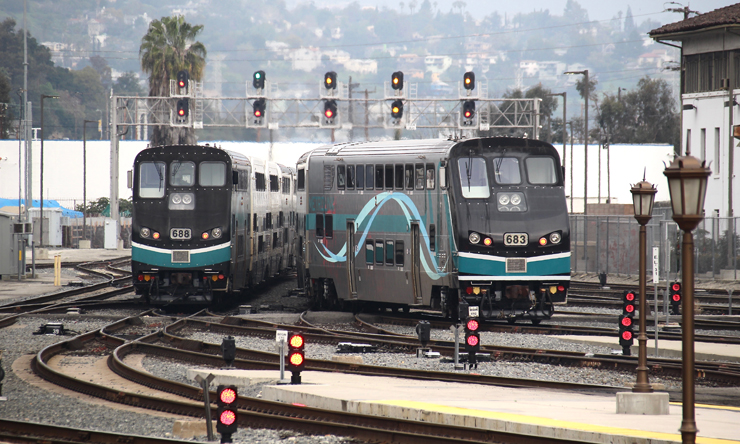
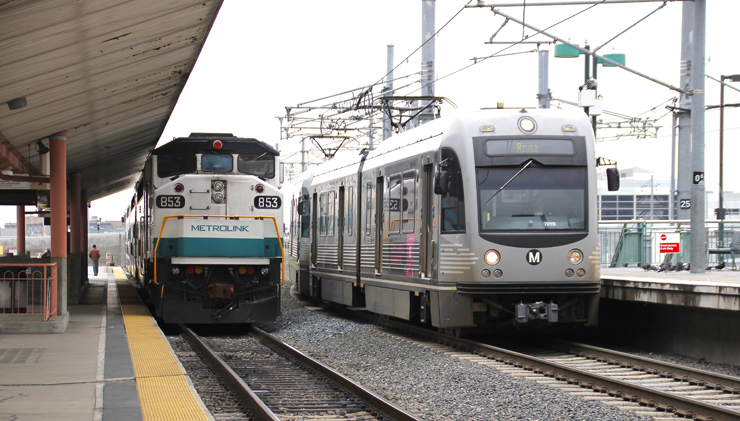

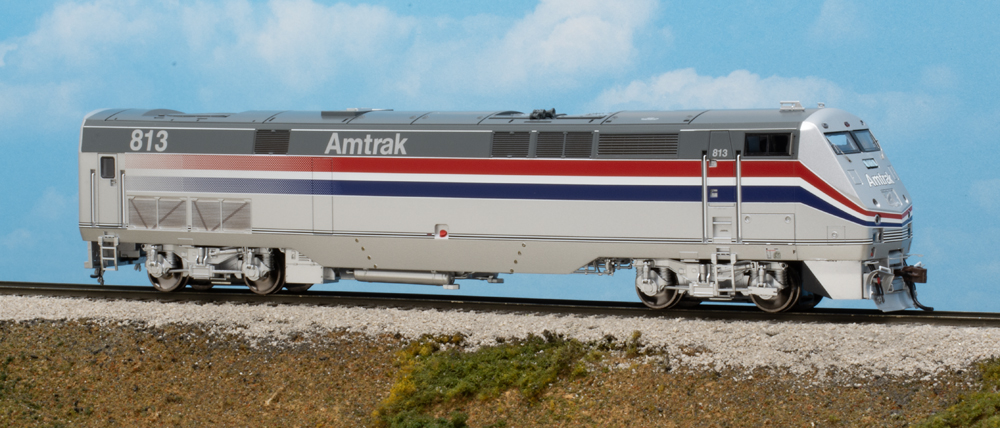
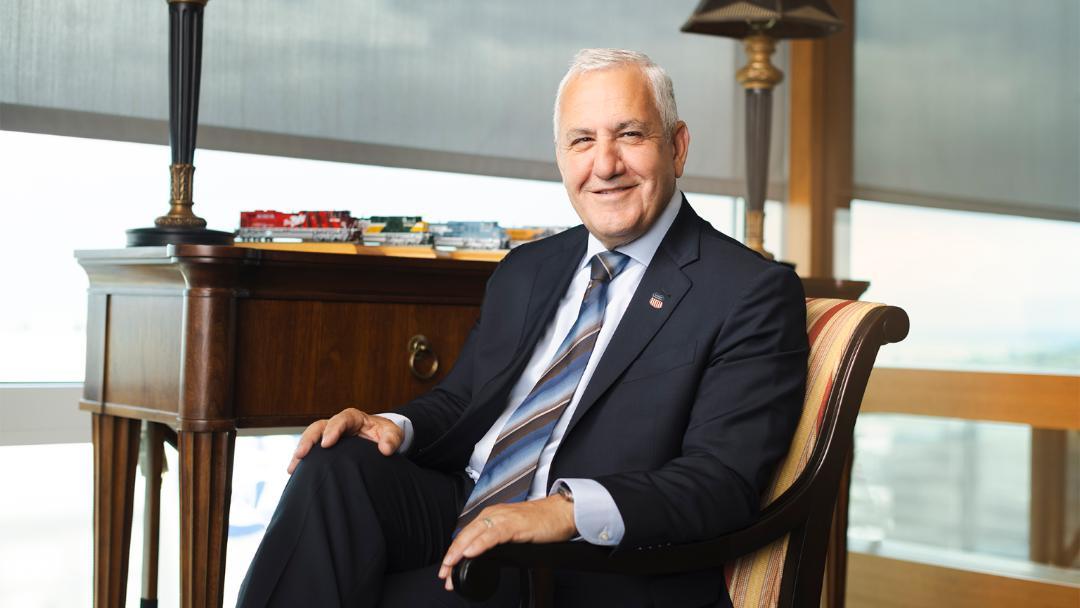
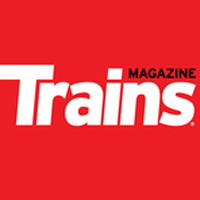
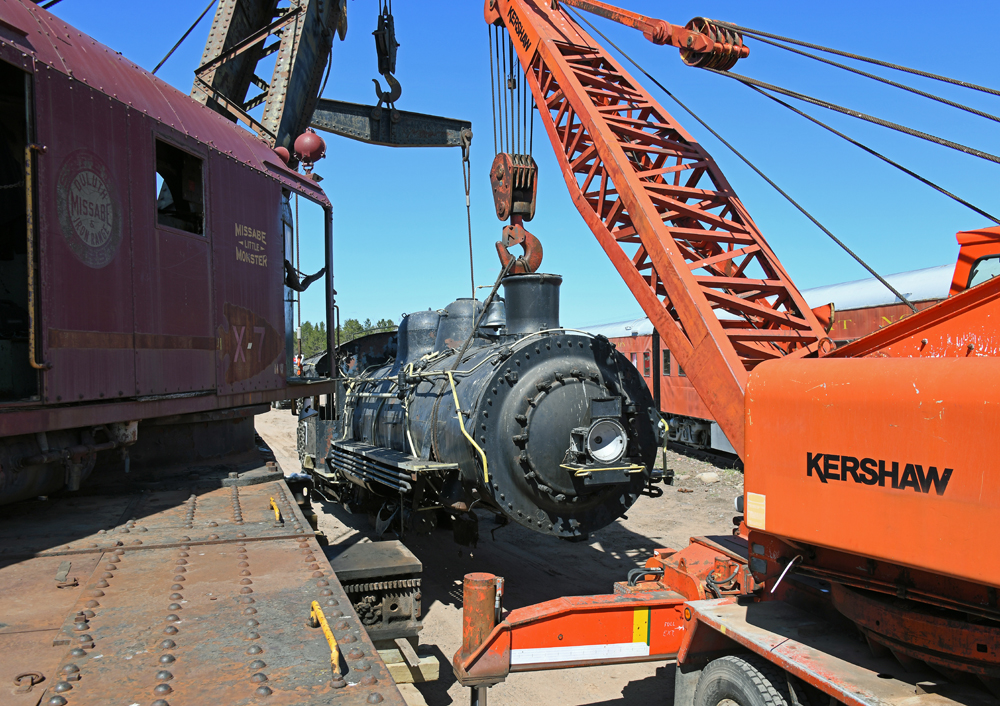




For years I’ve read descriptions of the reasons that Los Angeles ended up building the terminal and where it was located. I don’t recall any mentions of racial motivations at all. If it was racist to buy the land in the lowest-cost spot in downtown, Chinatown and the original pueblo area might have also had the least opposition in that those folks didn’t have much political influence in the 1930’s.Final point: a detailed map of the new tracks and how they align with existing tracks would have really improved the readability of the story.
When I was reading the improvements to Metrolink, it mentioned double track projects, and for the San Bernardino line it said..”, the Upton area on the San Bernardino line” I believe that is a typo. Shouldn’t that read the UPLAND area on the San Bernardino line? The Upland station is the one I used, that’s why I would like to know
Regarding stub end terminals, Grand Central Terminal has two loop tracks. I found this out late one night in about 1973 when I boarded a commuter train on the lower level. Instead of heading north, to my great surprise it started moving south around the loop before exiting the tunnel northbound.
ANNA – Thanks for comments. All important. No place is perfect but I’d take my three home states (Massachusetts Michigan Wisconsin) over California, back then and now as well.
Not just me so not a bot … an issue with the site. So we do this in one paragraph. The reason LAUPT is where it is, and why it is a stub-end station has to do with 1930’s racism in SoCal. The locals don’t like to talk about their history but it is there if you look (there is, for example, an article in LA Times in 1939 stating exactly this). LAUPT was sited where it is because it is square on where Chinatown used to be. The purpose of selecting that site was to disrupt the community. The purpose of selecting the direction of entry was to disrupt an adjoining Latino community. The reason it is a stub-end station is because south was a white-owned commercial district and those businesses were considered to be important. LA has a history steeped in racism, was (and is still) segregated, and the effects of racial zoning, redlining, and discriminatory building codes – many of which are still in force – are felt today. And it wasn’t just Latinos and Chinese. Look up Sleepy Lagoon, Zoot Suit Riots, Mexican Repatriation, Chinese Exclusion, Executive Order 9066, the history of Chavez Ravine. It will be an ugly read but an eye opener.
It should be noted that LAUS was indeed a terminal station for Union Pacific. On the SP, it was the terminus of the Sunset Route, Coast Route and San Joaquin Route, even if Sunset trains did continue on in early years. For Santa Fe, it was a terminal for the main line to Chicago, and the line from San Diego. You had to change trains there to get anywhere else regardless. And, yes, as Anna says, racism played a part. As did getting three railroads to compromise and that precluded through tracks as well. Once the 101 freeway was put in, not long after LAUS opened, it became more or less moot. The current project will cut through a lot of the old warehouse district, but will be a big, big job.
OMITTED PARAGRAPH — The machine cut off my second paragraph which was a comment on the COST. Nearly a billion quahogs for just the first phase, per the article. (And we all can make snide remarks on actual cost vs. projected cost.) I’m not in the least bit familiar with the site but I know this is downtown LA. Things cost more in a downtown area with buildings, streets, utilities and God knows what else in the way. Looking at the map the shortest route would be about a mile of new alignment – more than that when you add a new interlocking at the south end and transition to existing trackage to the south. Building in an urban area comes in three phases (1) Demolish buildings and relocate utilities (2) the actual construction itself (3) restore the local streets which have been torn up and patched over. Good luck paying for any of that when it’s clear that in USA passenger counts were peaking even before COVID-19.
AUGUST – A map on Page 51 of September 2019 TRAINS-MAG shows what is to be done. After Hwy 101 is bridged south past the existing stub ends then the new tracks have to cut south and east toward existing tracks along the Los Angeles River, almost a half mile to the east. Once again looking at the map I cited, another benefit is clear. It’s not just to lessen backup moves, it’s to lessen the number of trains through the diamonds and connecting tracks at Mission Tower. Right now everything goes through Mission Tower. When the project is complete many trains can bypass that mess..
Omitted paragraph: The traditional stub-end station affords passengers direct and equal access to the platforms from the main hall. This eliminates crossing tracks or ascending and descending to a bridge or tunnel to cross tracks between platforms.
Los Angeles Union Station (née Los Angeles Union Passenger Terminal) is not configured like a traditional stub-end station with a concourse aligned with the main hall on one side and a perpendicular row of tracks and platforms on the opposite side as was St Louis Union Station. Instead, the tracks are placed east of the headhouse with a connecting tunnel like an airport terminal and concourse to airliners. The configuration of LAUS defeats the advantage of the stub-end station.Extending the tracks to a run-through configuration will improve the efficiency of train operations. But, accessing those trains from the main hall by passengers will not be much better. The passengers must still take that long walk between train and the main hall.
Michael Shore, you’re right about Fullerton being a great place to watch Trains, but the Freight Railroad that goes through Fullerton is BNSF NOT UP. Although on a rare occasion some Union Pacific locomotives might pass through on some BNSF Freights. And about LA Union Station, through tracks have been in the planning for years now. But from so many visits to LA Union Station I just couldn’t see how they could put through tracks at the station so this still remains a mystery to me as to how they plan to do it.
https://www.metro.net/projects/link-us/
LAUPT was built for intercity trains. No one envisioned Metrolink nor for that matter the current size of the Amtrak Surfliner schedules. Philadelphia decades ago converted the two stub terminals downtown, one Reading and one Pennsy, to be run-throughs for SEPTA. Boston wants to do the same for North and South Stations but this would be practically impossible for any amount of money. They’re too far apart and too much stuff in between.
To me the best station was the old station in Richmond VA, that is now a science museum. The trains entered the station via a loop track and never had to make a back up move.
The Milw. Rd. had a variety of station track designs, typical of the age. From being a major tenant of CUS (stub) to Milwaukee (thru), SPUD (thru, the “St. Paul Rd.”), Minneapolis (stub), Butte (stub), Spokane (thru), to Seattle (stub). Everything was determined by attempting to reach a city center vis a vis the existing RoW. When passenger was king.
Early station design often made important stations stub ended. Many were terminals, ie., end of the run, but even some stations with thru service, like St. Paul Union were also stub ended. Chicago Union Station was designed as two back-to-back stub ended terminals under one roof, with a single thru track. Penn Station NY was one of the first major thru stations, but may have been designed more for ease of continuing thru to the Sunnyside coach yards. It was later that the New Haven built the connection that allowed thru service to Boston. Phily was one of the first modern thru stations that tunneled a connection combined the function of two stub terminals (Reading and PRR Suburban) into thru stations, which made incoming commuter trains automatically into outgoing trains.
That is one efficient, if stupid bot. I know the answer in detail, having studied the issue, but I can’t tell you what it is. I can’t even tell you where to look – it is that efficent (if stupid).
OK, let’s try it again. There is apparently a bot which does not like certain keywords which are pertinent to your question. It deleted the meat of the answer.
Mister Larsen, and Ms. Vinson:The above comments are generic in nature and do not form the basis for an attorney/client relationship. They do not constitute legal advice. I ain’t nobody’s lawyer no more. I’s retarded.
Los Angeles Union Station (née Los Angeles Union Passenger Terminal) is not configured like a traditional stub-end station with a concourse aligned with the main hall on one side and a perpendicular row of tracks and platforms on the opposite side as was St Louis Union Station. Instead, the tracks are placed east of the headhouse with a connecting tunnel like an airport terminal and concourse to airliners. The configuration of LAUS defeats the advantage of the stub-end station.
My first attempted comment did not appear as I intended:
Perhaps someone can post a link explaining why LAUPT/LAUS was configured a stub-end.
Los Angeles Union Station (née Los Angeles Union Passenger Terminal) is not configured like a traditional stub-end station with the concourse aligned with the main hall on one side and a row of tracks on the opposite side as was St Louis Union Station and is New Orleans Union Station. The tracks at LAUS are placed away from the headhouse to the side and accessible through a tunnel, defeating the advantages of a stub-end station.Efficiency of train operations will be much improved. But, access to those trains from the station will not be much better.
Fullerton is mentioned in this story. Might I mention the station as a great train watching spot with Metrolink, Amtrak and UP. And if you get hungry there is even a Spaghetti Factory facing the tracks.